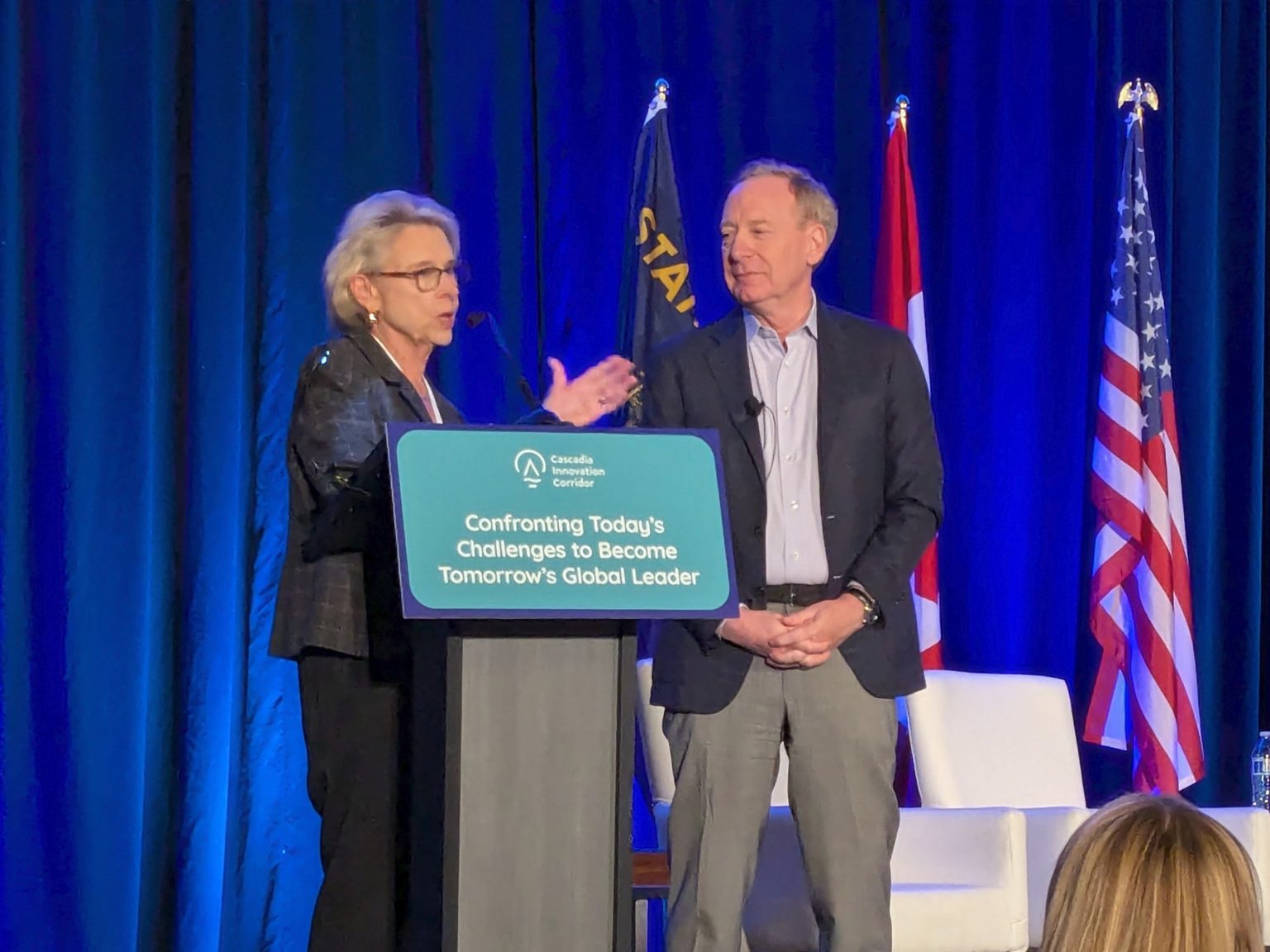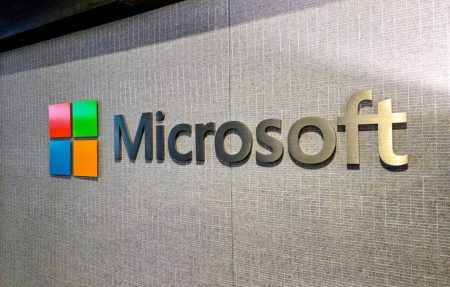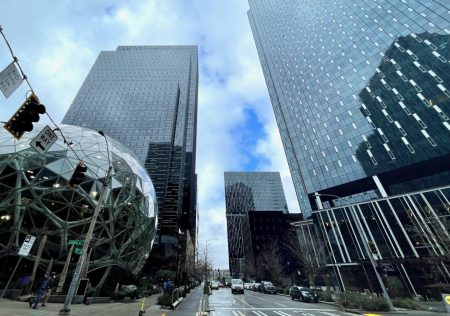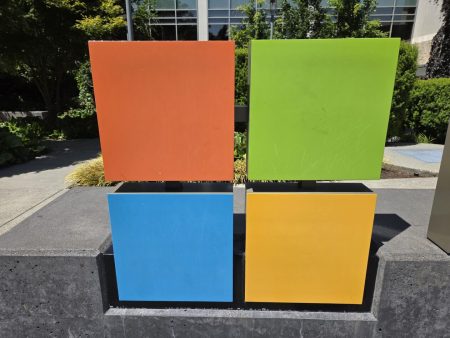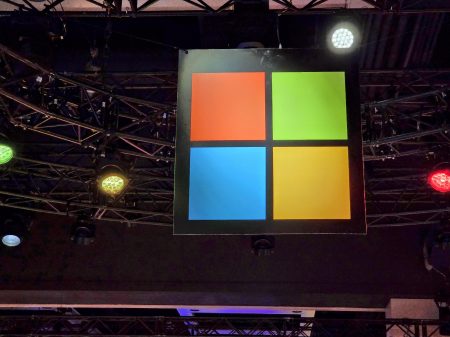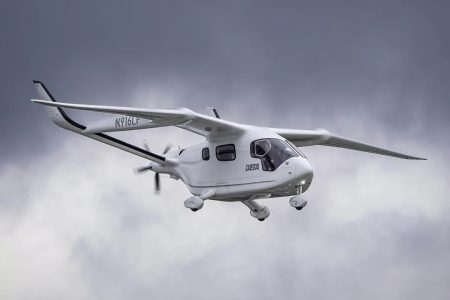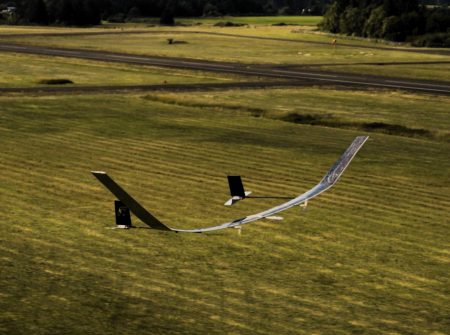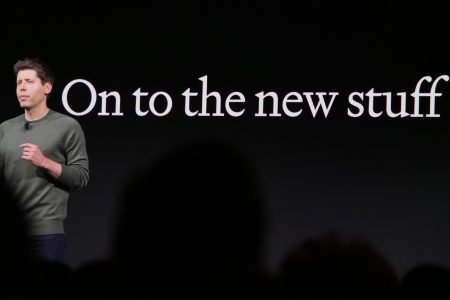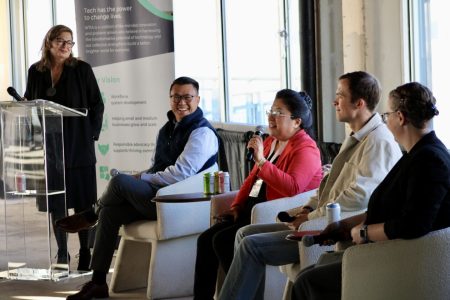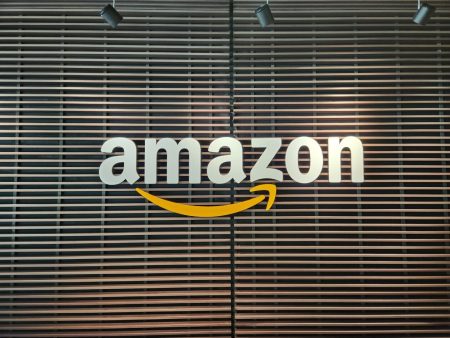Finding Balance in AI’s Promise: Cascadia Region Navigates the Future
In a refreshing moment of self-deprecation, Microsoft President Brad Smith opened his address at the Cascadia Innovation Corridor conference in Seattle by playing a clip from The Daily Show where comedian Jon Stewart mocked tech executives’ rosy predictions about AI job transitions. The segment poked fun at the notion that displaced workers might simply become “prompt engineers” – or as Stewart sarcastically rebranded it, the “types questions guy.” This moment of levity underscored a broader theme of Smith’s presentation: balancing technological optimism with pragmatic realism about AI’s transformative power. Drawing on three decades of experience at Microsoft through various tech bubbles and bursts, Smith characterized AI as the “next great general purpose technology” comparable to electricity, while cautioning against uncritical hype. “In so many ways, the sky is the limit,” Smith acknowledged, before adding, “I don’t want to just be another tech bro who says, ‘Hey, great, here it comes. Get ready, get out your wallet.'”
This balanced perspective comes at a critical moment for the tech industry. On the very day of the conference, Amazon announced 14,000 corporate and tech layoffs, following Microsoft’s earlier cuts of 15,000 employees worldwide. While not all these reductions are directly attributable to AI, they reflect a tech landscape in flux, where efficiency gains from artificial intelligence are beginning to reshape employment patterns. Despite these disruptive forces, leaders throughout the Cascadia region – which spans from Vancouver, British Columbia, through Seattle and down to Portland – see AI as a promising economic engine that can build upon the area’s robust technological foundation. This regional ecosystem includes tech giants Microsoft and Amazon, a flourishing collection of AI startups, and prestigious research institutions like the University of Washington, University of British Columbia, and the Allen Institute for AI. Former Washington Governor Chris Gregoire, who now leads the Cascadia Innovation Corridor group, emphasized this potential by describing AI as “a defining technology of our generation.”
Smith, who has cultivated a unique persona blending tech evangelist, politician, and wise counselor, did not shy away from addressing AI’s potential to exacerbate existing social divides. He acknowledged significant concerns about disparities in AI access, highlighting gaps between rural and urban communities within the Cascadia region itself, as well as the even wider chasm between affluent nations and developing countries where reliable electricity and internet connections remain luxuries rather than essentials. This recognition reflects a growing awareness among tech leaders that AI’s benefits could disproportionately flow to those already privileged with technological access and literacy, potentially widening rather than narrowing economic disparities unless deliberately guided toward more inclusive outcomes.
The Microsoft president also tackled profound ethical questions surrounding AI development and deployment. “What are we trying to do as an industry, as a region, as a planet, as a species?” Smith asked his audience. “Are we trying to build machines that are better than people? Are we trying to build machines that will help people become smarter and better?” These philosophical inquiries go to the heart of how society should orient itself toward increasingly powerful artificial intelligence systems. Smith emphasized the importance of establishing appropriate guardrails before technologies embed themselves in social systems and commercial interests become entrenched. Drawing a pointed comparison to recent history, he observed, “If the experience that we’ve all had with social media over the last 15 years teaches us anything at all, it is that the best time to ask these questions and to debate them is before technology answers them for us.”
The Cascadia Innovation Corridor conference highlighted what might be called the region’s “AI paradox” – extraordinary technological opportunity paired with significant structural challenges. While the region boasts world-class AI research and development capabilities, it also faces mounting obstacles in the form of rising costs of living, housing shortages, and intense competition for specialized talent. Seattle, Vancouver, and Portland have all experienced dramatic increases in housing prices over the past decade, making it increasingly difficult to attract and retain the diverse workforce needed to sustain technological innovation. Additionally, despite the region’s technical strengths, it must compete globally for AI talent with other tech hubs that may offer different advantages in terms of regulatory environment, investment capital, or quality of life.
As the Cascadia region navigates these complex currents of opportunity and challenge, Smith’s balanced approach offers a valuable template. Rather than presenting AI as either an unalloyed blessing or an existential threat, his nuanced perspective acknowledges both its transformative potential and the social responsibility that comes with developing such powerful tools. This perspective seems particularly well-suited to a region that has traditionally valued innovation alongside social equity and environmental sustainability. The coming years will test whether the Cascadia corridor can indeed harness artificial intelligence to address pressing challenges like climate change, healthcare access, and educational opportunity while ensuring that its benefits are broadly shared across diverse communities. The vision articulated at the conference suggests that with thoughtful leadership and cross-sector collaboration, the region might chart a course that embraces technological advancement while remaining faithful to human-centered values.





